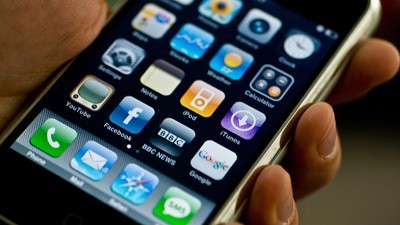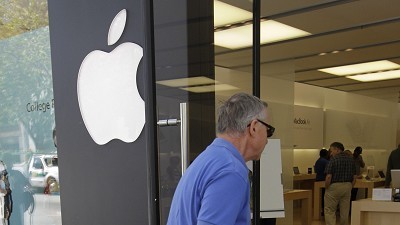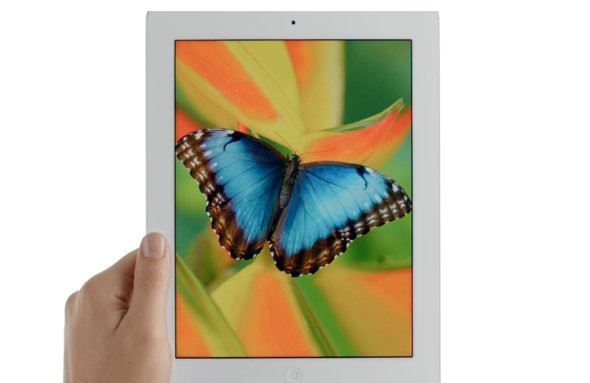 Chip-designer ARM Holdings, whose technology powers Apple’s iPhone and iPad, has cheered investors as it continued to outpace its rivals with strong profits and sales.
Chip-designer ARM Holdings, whose technology powers Apple’s iPhone and iPad, has cheered investors as it continued to outpace its rivals with strong profits and sales.
The Cambridge-based firm, which employs 921 staff in the UK, reported a 22% jump in pre-tax profits to £128.5 million in the first half of the year as revenues increased 12% to £422.4 million.
The strong results offset any disappointment from ARM customer Apple, which revealed lower-than-expected revenues and net income growth in its third quarter.
ARM shares rose 6% in the FTSE 100 Index as it also revealed it had signed a further 23 licences in the period for its microchip technology to be used in a range of products including digital TVs, mobile computers and smartphones.
ARM, whose chips are in more than 95% of smartphones, 90% of hard drives, 80% of digital cameras, 65% of printers and 50% of digital TVs, said two billion chips were shipped in the second quarter, up 9% compared with industry shipments being down 4%.
Meanwhile, processor royalties grew 14% compared with a decline in industry revenues of 7%, while new products using the chips such as computers and servers from Dell and Microsoft were launched in the period.
ARM chief executive Warren East said: “ARM’s royalty revenues continued to outperform the overall semiconductor industry as our customers gained market share within existing markets and launched products which are taking ARM technology into new markets.”
ARM’s semi-conductor chips, which also feature in a number of products which run Microsoft Windows software, consume less power than traditional PC microprocessors, essential for battery-powered devices. The group makes money by licensing its technology to customers and receives royalty payments every time devices with its chips are made by its clients.
Net income in Apple’s third quarter was 8.8 billion US dollars (£5.7 billion), up 21%, but analysts had been expecting more.
Apple sold 17 million iPads in the April to June period – beating expectations – and 26 million iPhones, which was at the low end of forecasts. But Apple’s average selling prices for the gadgets declined to levels last seen in 2010 for the iPhone and the lowest levels ever in the case of the iPad.
Source : Orange




































